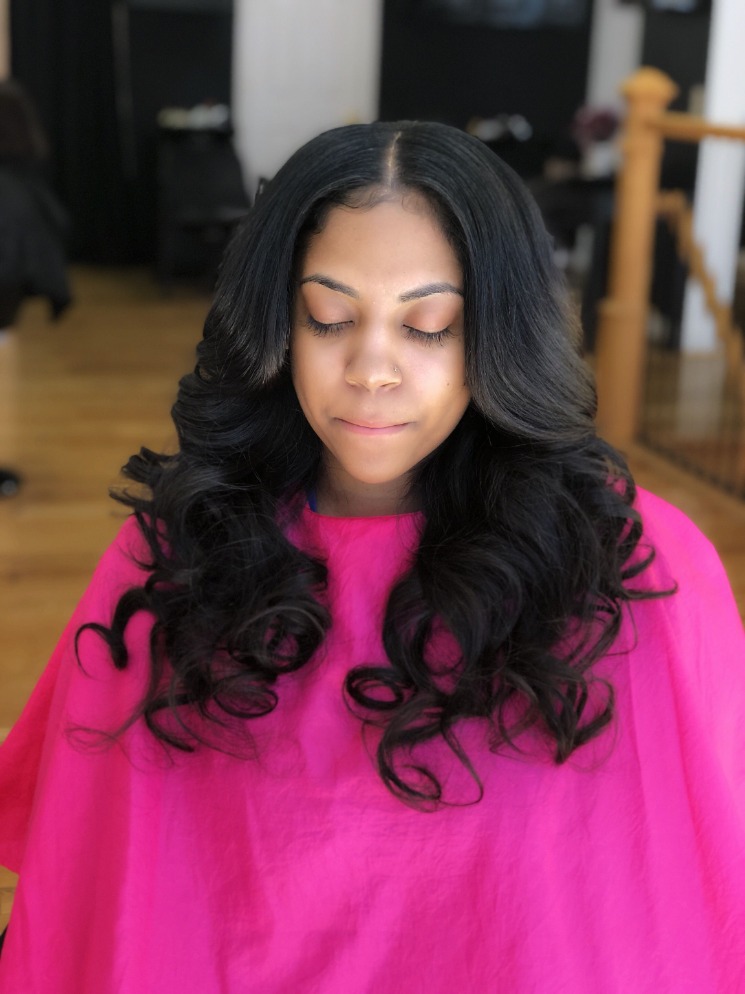In the dynamic world of beauty, cosmetology continues to evolve, offering people the opportunity to enhance their appearance and boost their confidence. One area that stands out in this field is hair weaving, a specialized skill requiring both artistic flair and technical know-how. Whether you’re considering becoming a hairstylist or seeking advanced techniques like sew-in extensions or lace wig applications, acquiring the right education and credentials is essential.
The Road to Becoming a Professional Hairstylist
Aspiring hairstylists need to navigate a meticulous path that involves obtaining a license from an accredited institution. The Texas Department of Licensing and Regulation (TDLR) governs the standards for cosmetology schools and ensures that students receive a comprehensive education. Enrolling in a reputable school provides the necessary training to excel in the competitive beauty industry.
Mastering Sew-In and Lace Closure Techniques
The sew-in technique involves meticulously sewing hair extensions onto a braided base, creating a seamless and natural appearance. Understanding how to execute this method effectively requires detailed instruction and practice. Similarly, the application of a lace closure involves placing a lace piece to replicate a natural scalp, thereby offering versatility in styling without the need to manipulate one’s natural hair.
The Advantages of Lace Wigs
Lace wigs have revolutionized the industry, offering clients a painless and versatile alternative to traditional hair styling methods. These wigs provide the flexibility to change hairstyles frequently without compromising the health of one’s natural hair. For professionals, mastering the installation and customization of lace wigs can significantly expand their service offerings, making them more versatile and in demand.
The Importance of Licensing and Continuous Education
Earning a license is just the starting point in a hairstylist’s career. Continuous education is essential to stay updated with the latest trends, techniques, and industry standards. Accredited institutions often offer specialized courses in advanced methods such as lace closure and intricate weaving techniques, enabling professionals to provide a broader range of services to their clients.
Investing in a comprehensive education in cosmetology and hair weaving can set the foundation for a successful and fulfilling career. Institutions that align with TDLR standards ensure that their programs are robust and current, adequately preparing students for the demands of the industry.




